SEAN SCULLY (b. 1945)
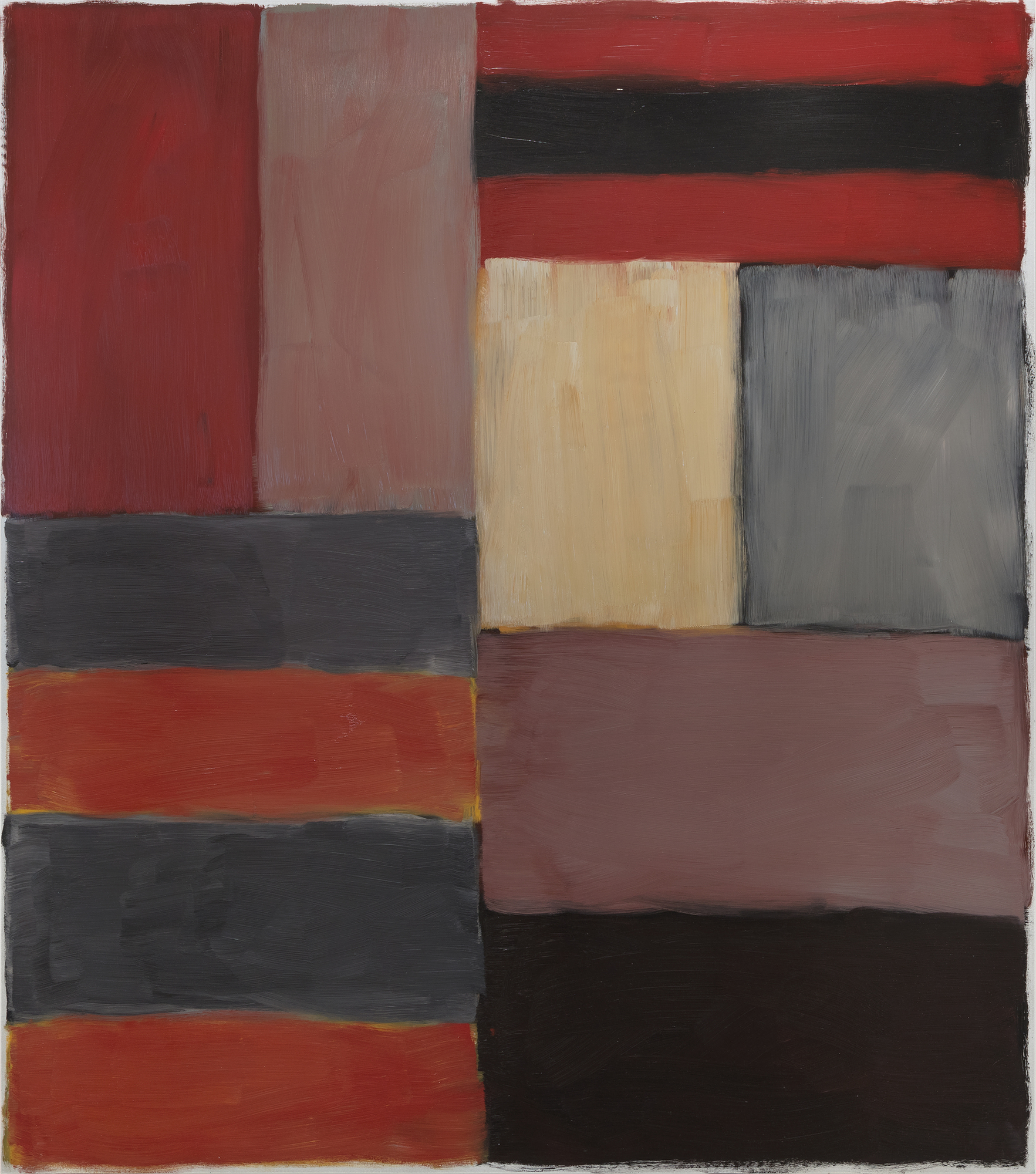
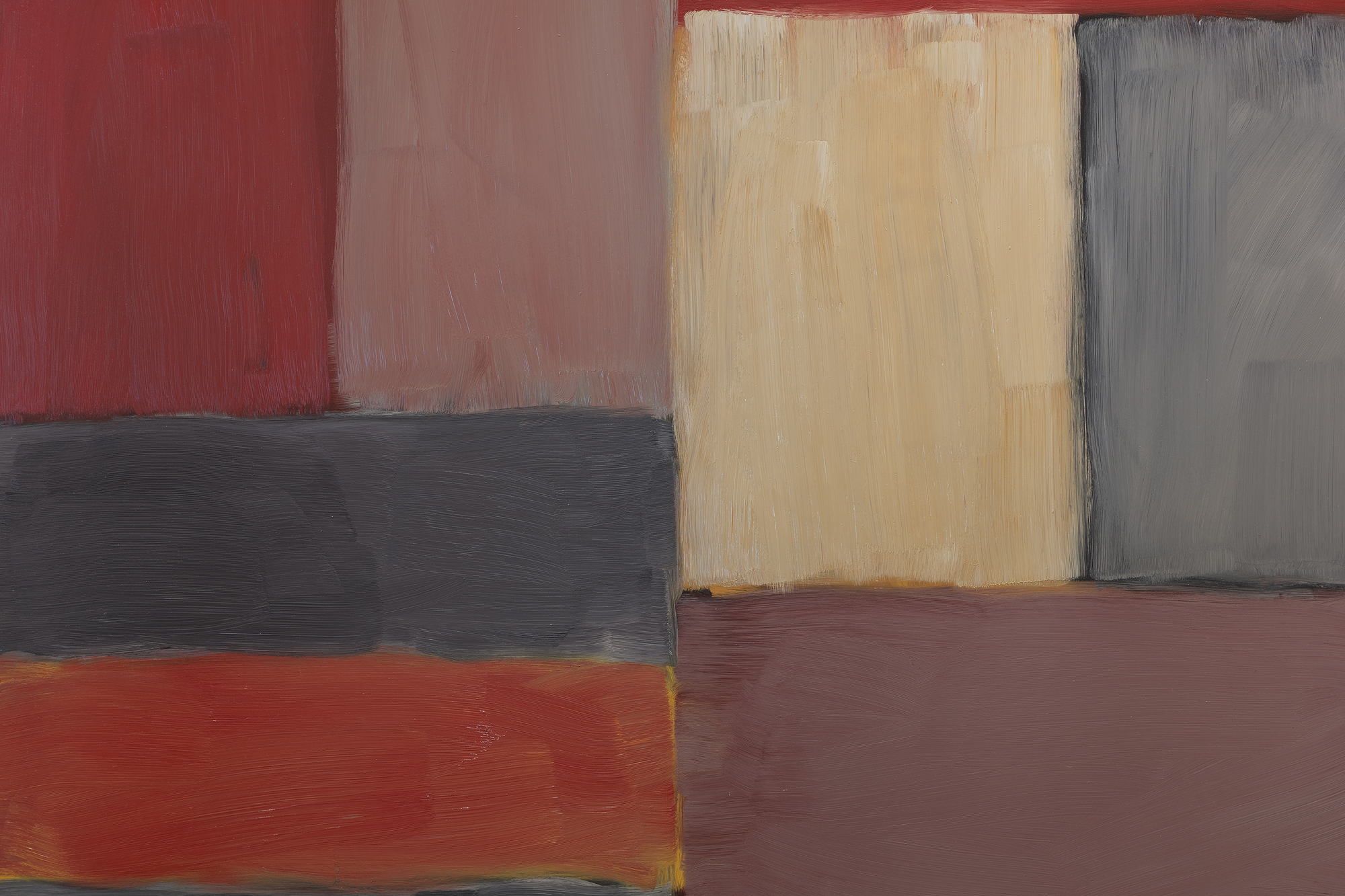
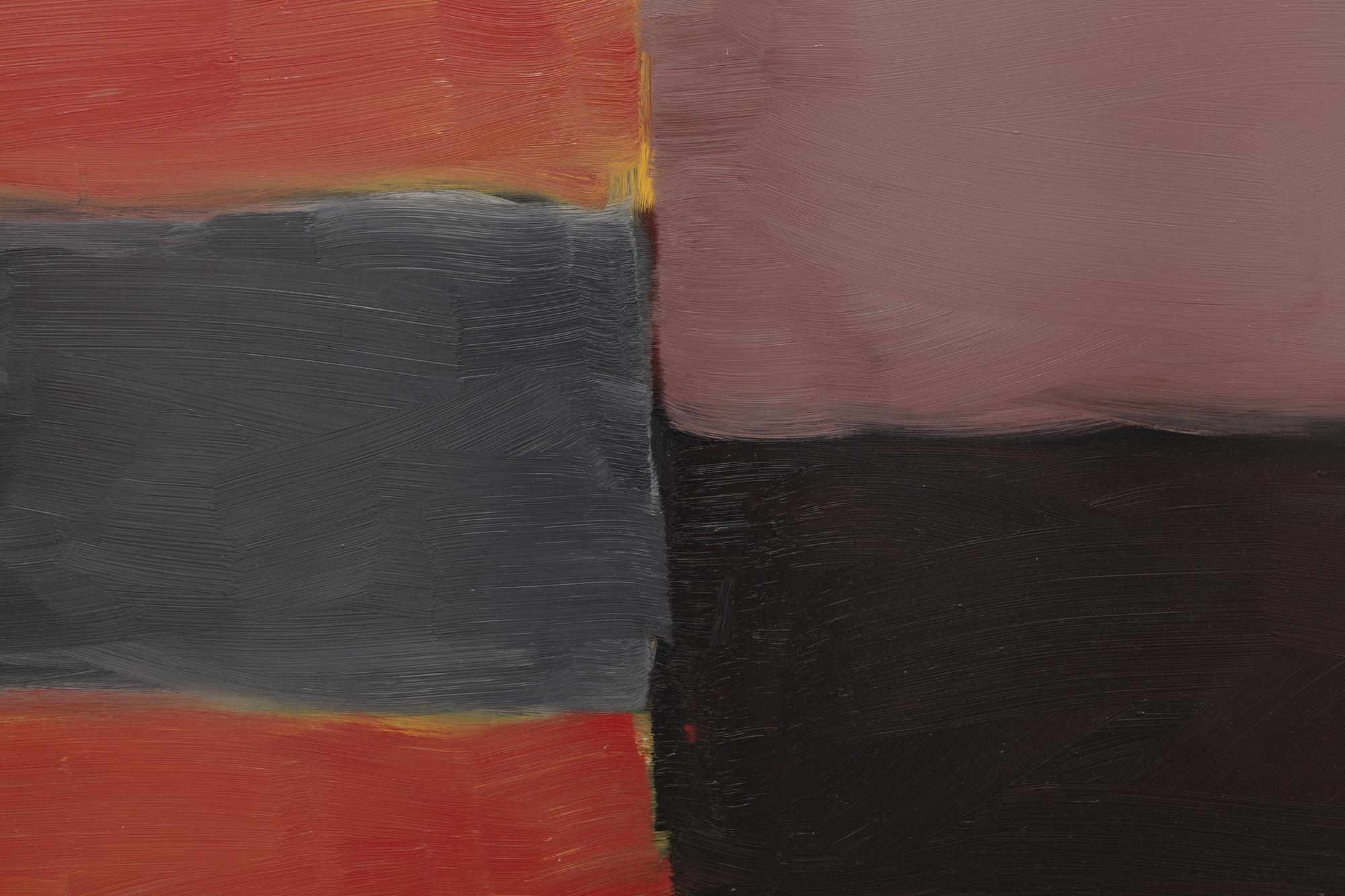
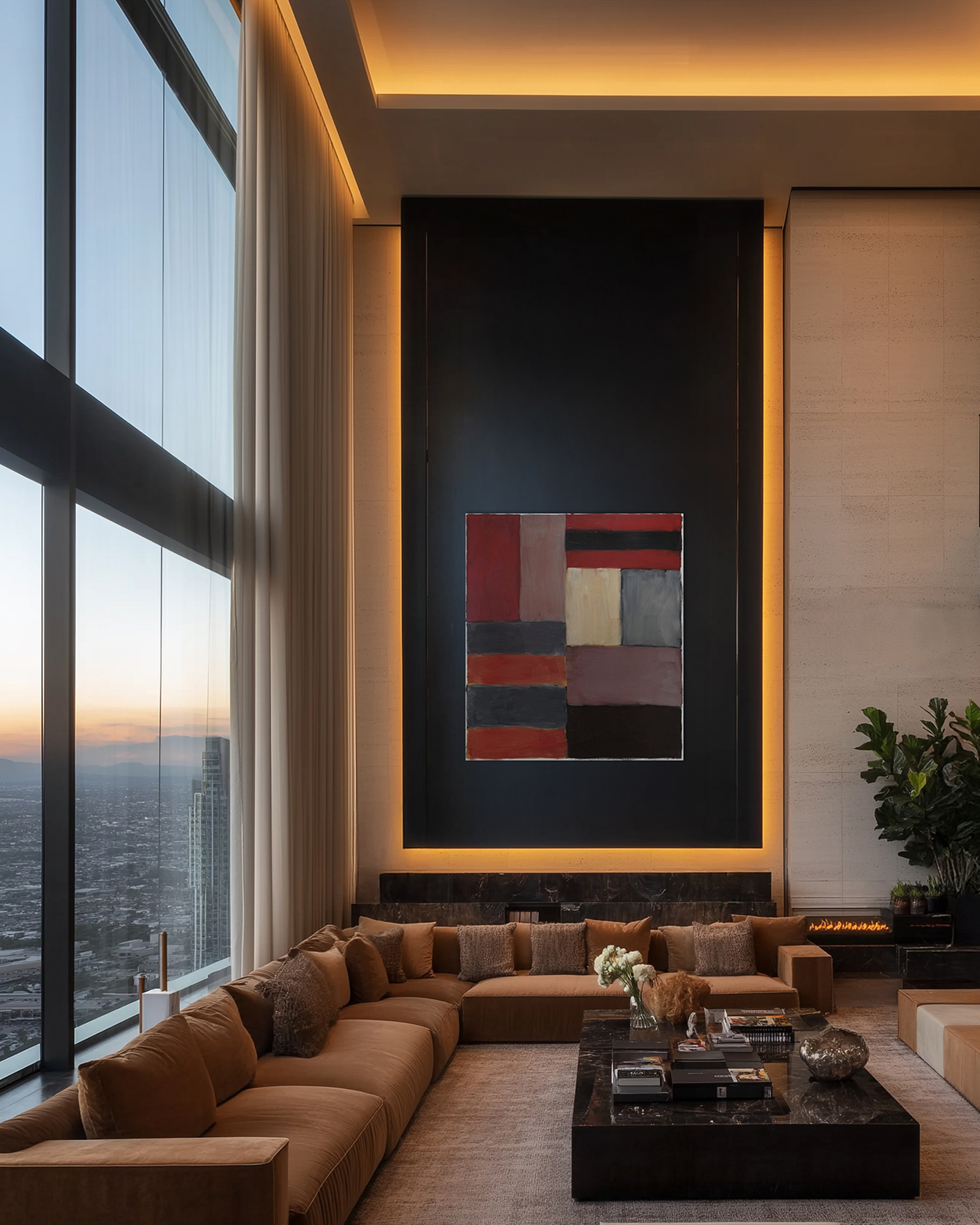
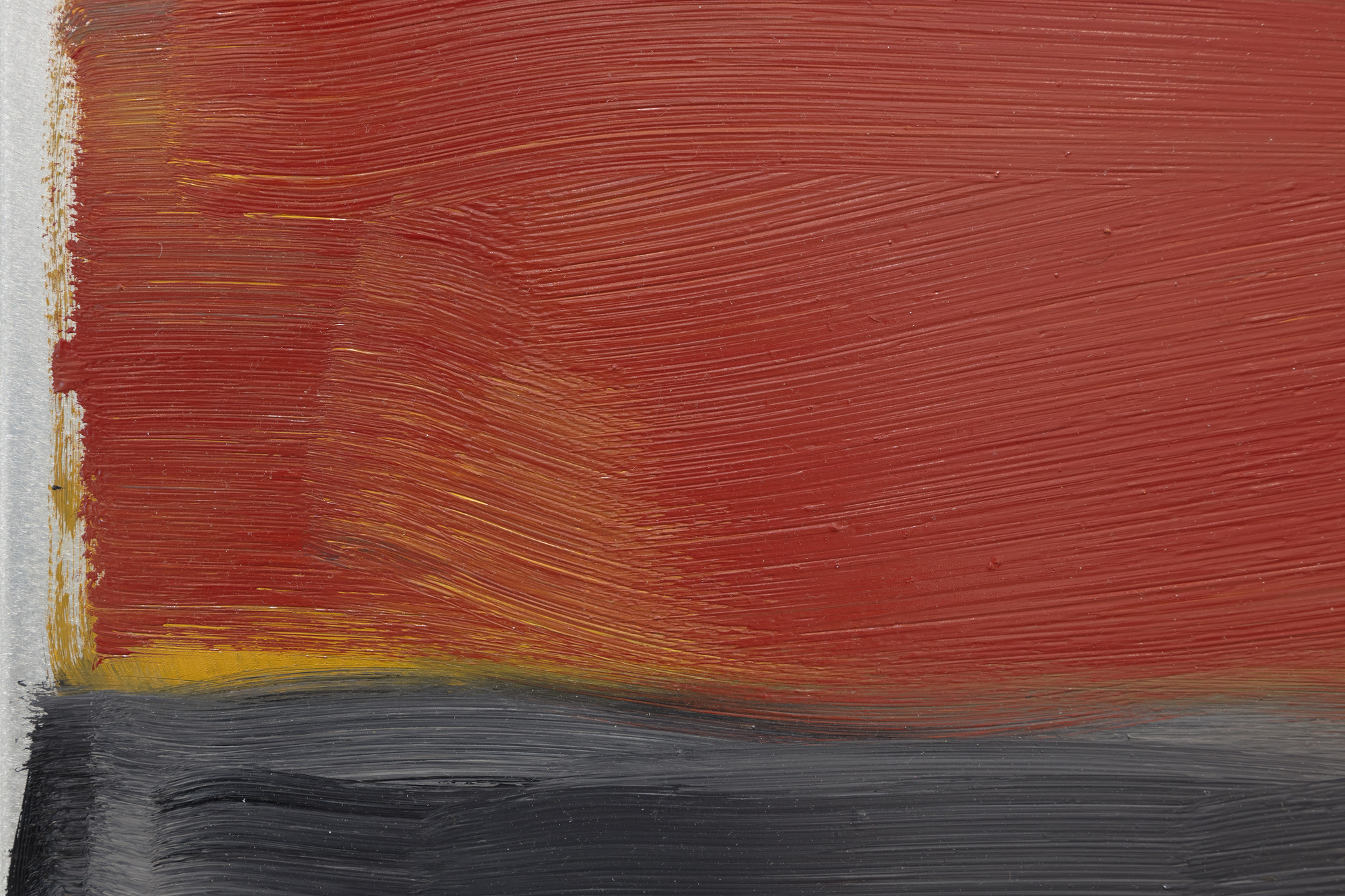
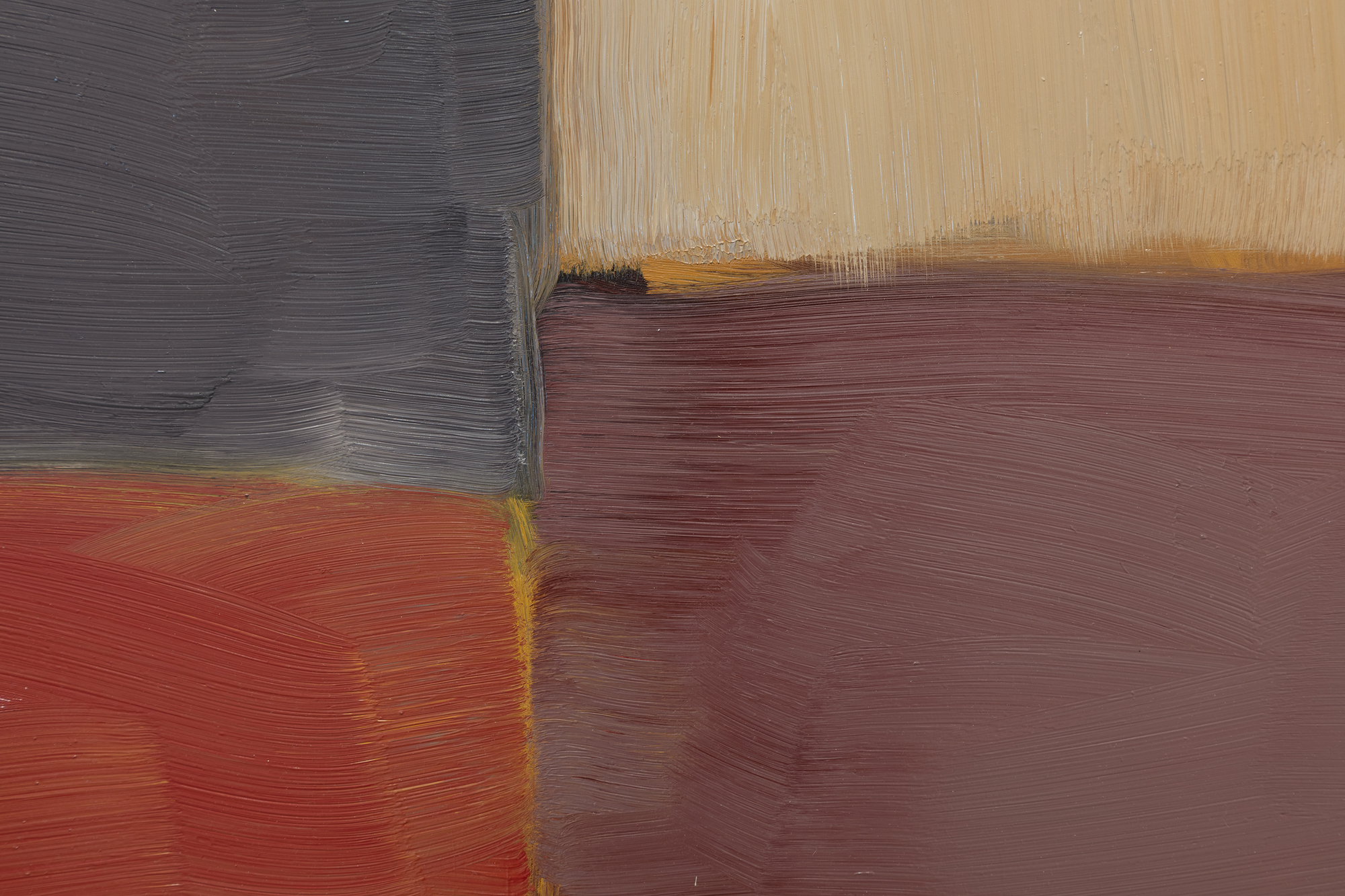
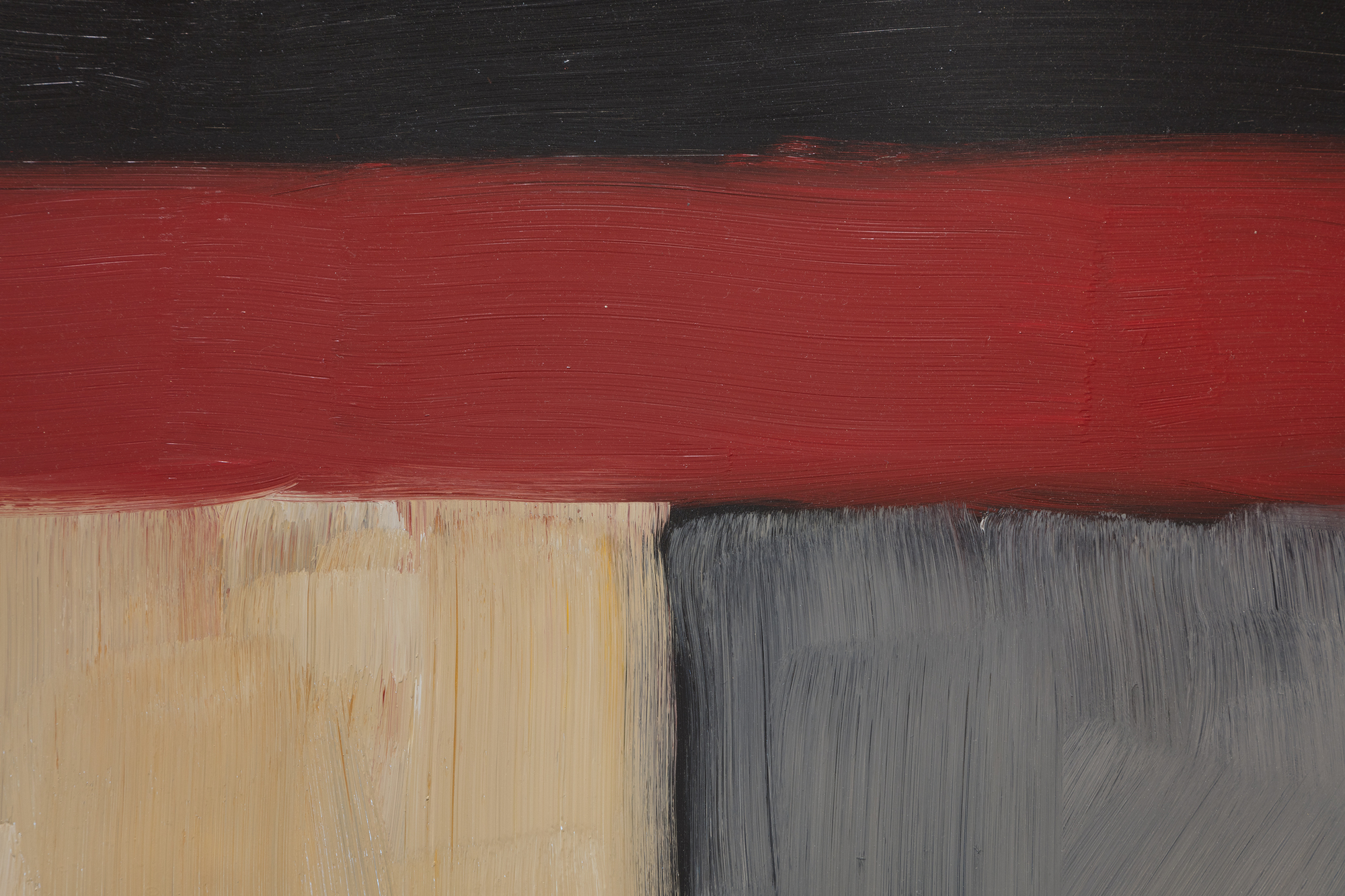
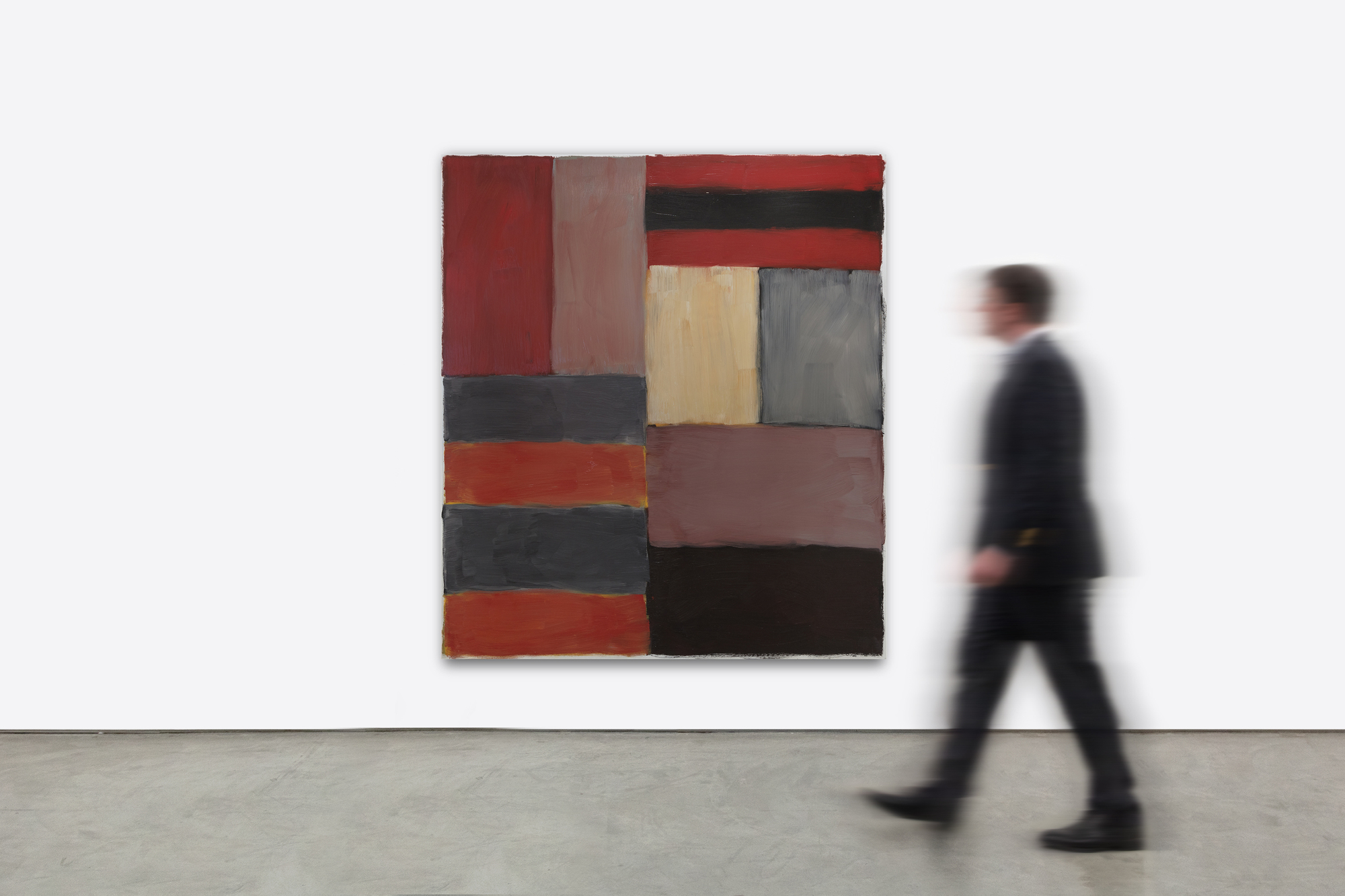
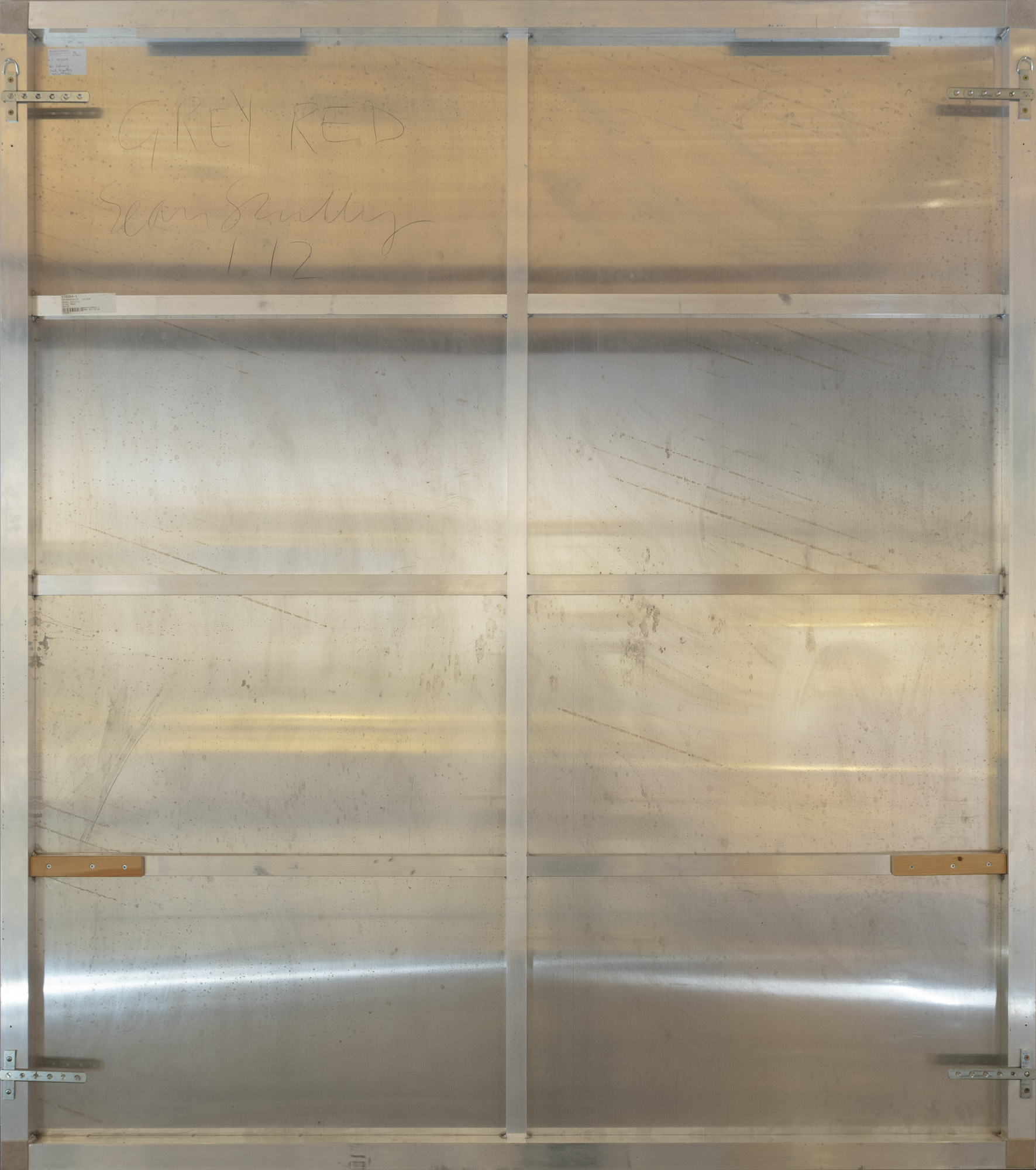
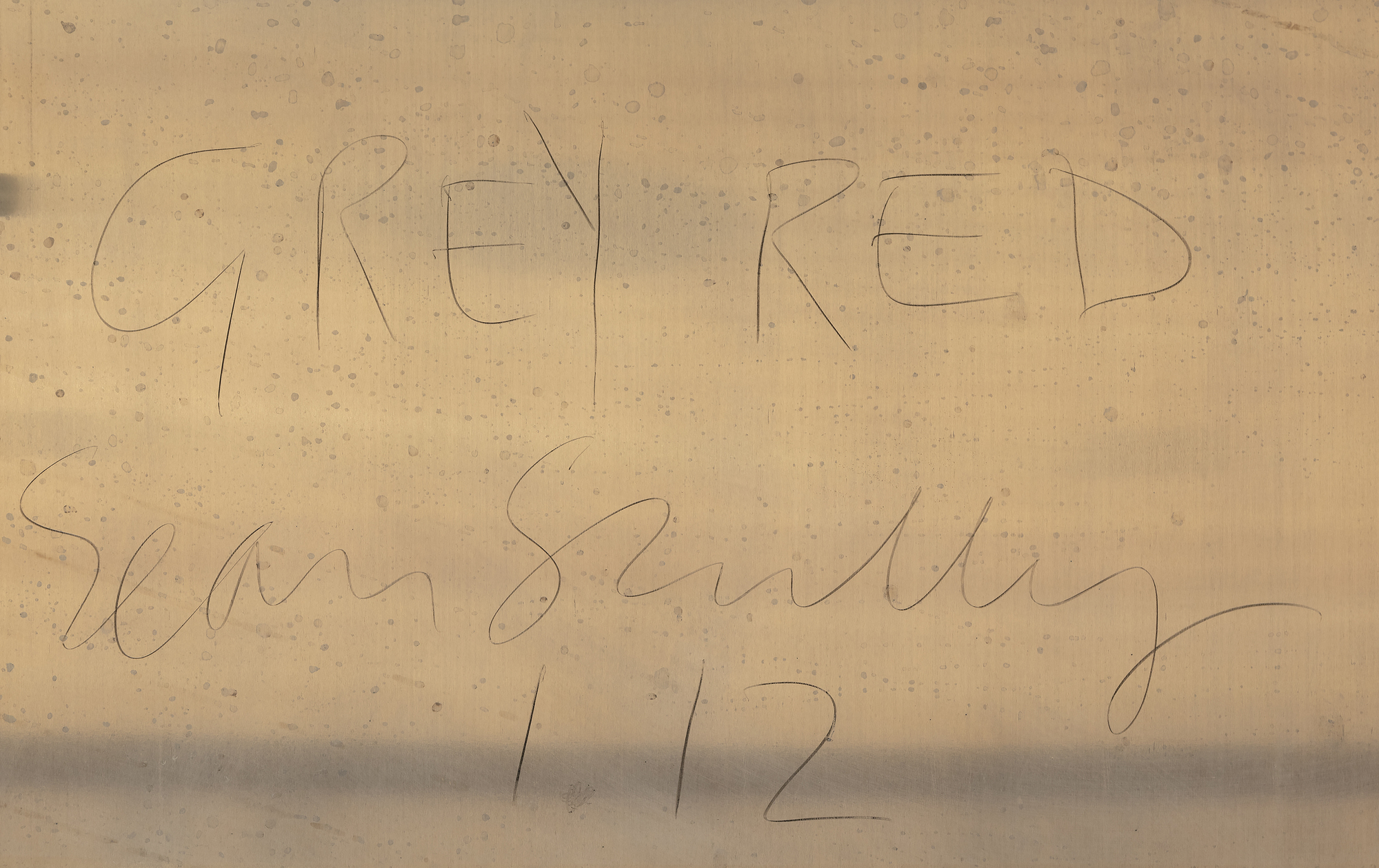
Procedencia
Timothy Taylor, Londres, InglaterraColección privada
Colección privada, Londres, Inglaterra
Phillips (Londres, Inglaterra), 5 de octubre de 2016: "Venta nocturna de arte del siglo XX y contemporáneo", lote 8
Colección privada, adquirida en la venta anterior
Phillips Londres: Jueves, 8 de marzo de 2018, lote 00035, 20th Century & Contemporary Art Evening Sale
Colección privada, adquirida en la venta anterior
Exposición
Royal Academy of Arts (Londres, Inglaterra), "The 244th Royal Academy of Arts Summer Exhibition", del 4 de junio al 12 de agosto de 2012. Incluida en la...Más....l catálogo de la exposición, nº 847The Verey Gallery (Windsor, Inglaterra), "Sean Scully", 3 de octubre de 2012 - 28 de febrero de 2013
Literatura
Zweite, Armin, "Sean Scully: Paintings and Works on Paper", (Munich, Alemania: Galerie Bernd Klüser, 1993), página 7Carrier, David, "Sean Scully", (Londres, Inglaterra: Thames & Hudson, 2006), página 98
O'Sullivan, Marc, "Sean Scully: Figure/Abstract", (Ostfildern, Alemania: Hatje Cantz Verlag, 2014), página 7.
...MENOS....
Historia
El marco de referencia de los bloques y rayas característicos del irlandés estadounidense Sean Scully es muy amplio. Desde la premisa central de Malevich de que la geometría puede proporcionar los medios para la comprensión universal hasta el apasionado enfoque de Rothko sobre el color y la representación de lo sublime dramático, Scully aprendió a condensar el esplendor del mundo natural en modos simples de color, luz y composición. Nacido en Dublín en 1945 y criado en Londres, Scully estaba bien instruido en el dibujo figurativo cuando decidió contagiarse del espíritu de su estrella, Henri Matisse, visitando Marruecos en 1969. Quedó cautivado por los deslumbrantes mosaicos teselados y las telas ricamente teñidas y comenzó a pintar cuadrículas y estipes de color. Las aventuras posteriores le proporcionaron más inspiración, ya que el juego de la luz intensa sobre las superficies reflectantes de las ruinas mayas y las antiguas losas de piedra de Stonehenge aportaron la sensación de luz, espacio y movimiento geométrico a las pinturas de Scully. La capacidad de rastrear el impacto de los viajes de S cully a través de sus pinturas reafirma el valor del arte abstracto como piedra de toque de la experiencia de la vida real.
Pintado con tonos ricos y profundos y con superficies estratificadas y matizadas, Rojo gris es a la vez poético y lleno de formalismo muscular. Scully se refiere apropiadamente a estas formas elementales como "ladrillos", sugiriendo los cálculos formales de un arquitecto. Como él mismo explica, "estas relaciones que veo en los portales de las calles, en las ventanas entre edificios y en los vestigios de estructuras que una vez estuvieron llenas de vida, las tomo para mi obra. Utilizo estos colores y formas y los junto de un modo que quizá te recuerde a algo, aunque no estés seguro de ello" (David Carrier, Sean Scully, 2004, pág. 98). Su enfoque es orgánico, menos formulista; las elecciones intuitivas del pintor consisten en superponer un color sobre otro de modo que los matices y colores contrastados vibren con una energía subliminal. Me viene a la mente Diebenkorn en su búsqueda de la luz radiante. Pero aquí, las radiantes bandas de rojo terracota, gris, topo y negro de Grey Red resuenan con una energía profunda y ardiente, y evocan una pasión mucho más intensa de lo que cabría imaginar. Como escribió su buen amigo Bono, "Sean se acerca al lienzo como un kickboxer, un yesero, un constructor. La calidad de la pintura grita una vida vivida".
CONOCIMIENTOS DEL MERCADO
- El récord de subasta de Scully se estableció en mayo de 2022, cuando Song, 1985, (izquierda) se vendió por más de 2 millones de dólares en Sotheby's Nueva York.
- De los diez primeros resultados de Scully en subasta, nueve fueron pintados después del año 2000. Es más, siete de estos diez primeros resultados corresponden a obras fechadas después de 2010, lo que demuestra un deseo excepcionalmente fuerte por estas obras más contemporáneas.
- 2012 ha sido un año especialmente importante para el artista, ya que solo este año ha realizado nueve exposiciones individuales en museos como el Kunstmuseum Bern, el Alhambra o el Philadelphia Museum of Art.
- 2012 fue también el año en que Scully fue admitida en la Royal Academy of Art.
HISTORIA DE LA EXPOSICIÓN
- Poco después de la finalización de Rojo Gris, el cuadro fue incluido en notables exposiciones.
- Rojo gris fue el número 847 del catálogo de la 244ª Exposición de Verano de la Real Academia de las Artes.
- Rojo gris se mostró en la exposición "Sean Scully" de 2012 en la Galería Verey del Eton College de Windsor (Inglaterra) (derecha).






































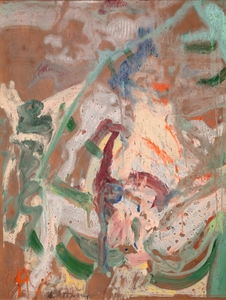
_tn28438.jpg )
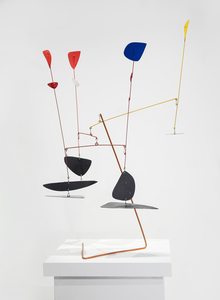
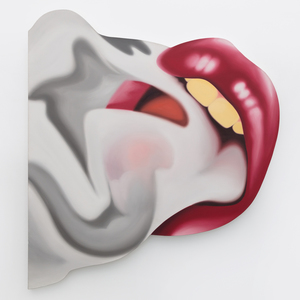
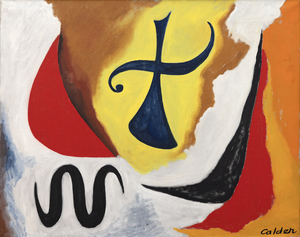

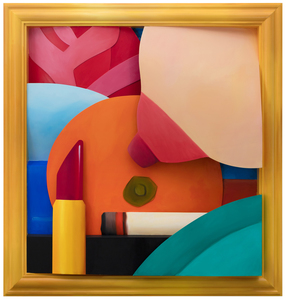
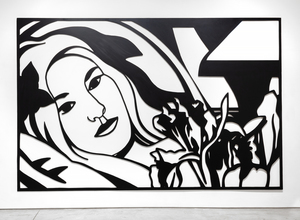
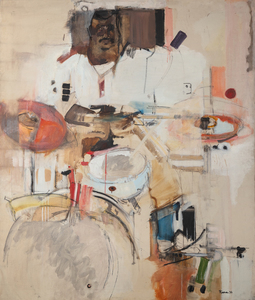
_tn27035.jpg )